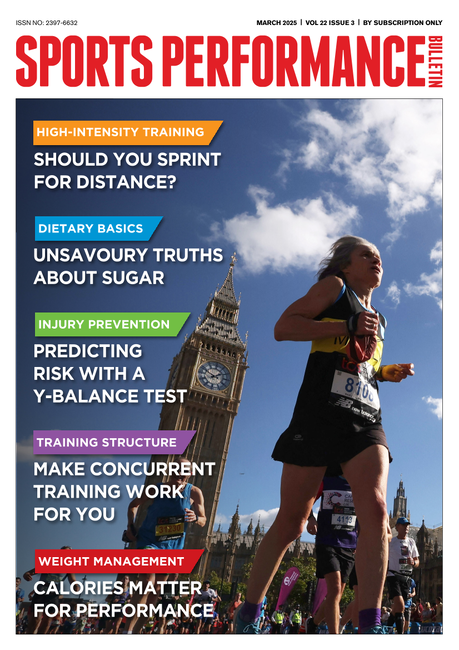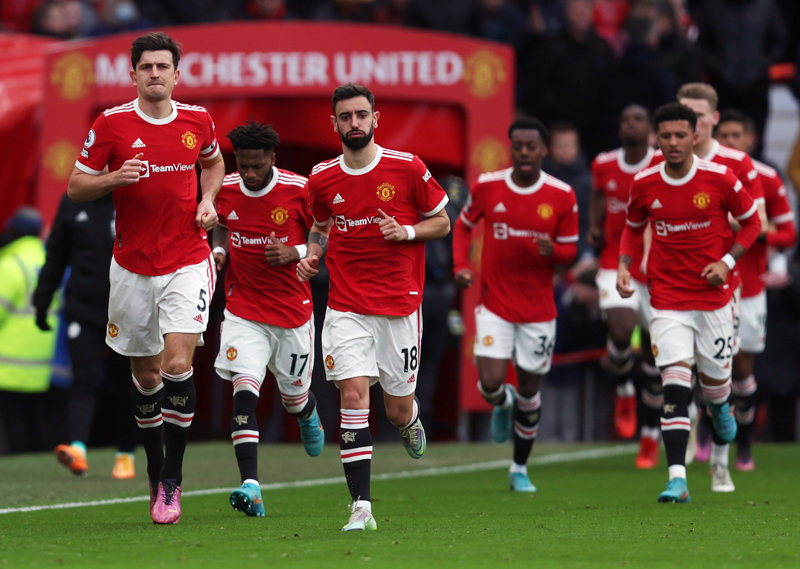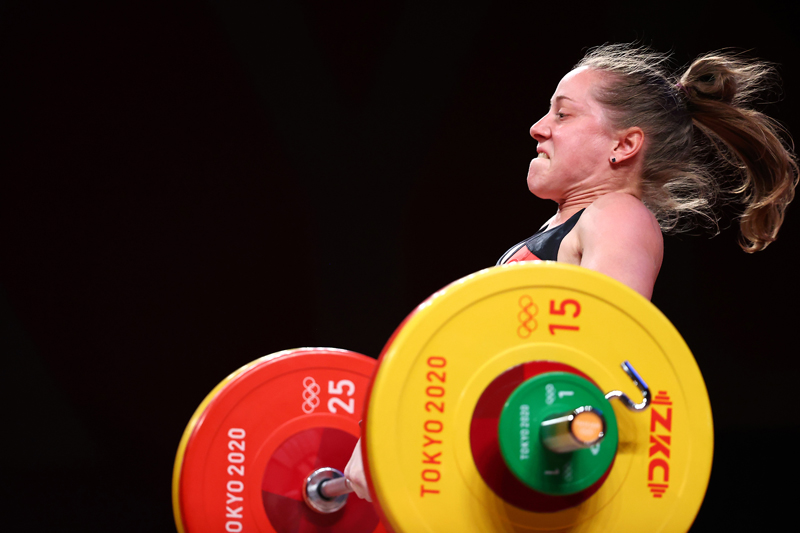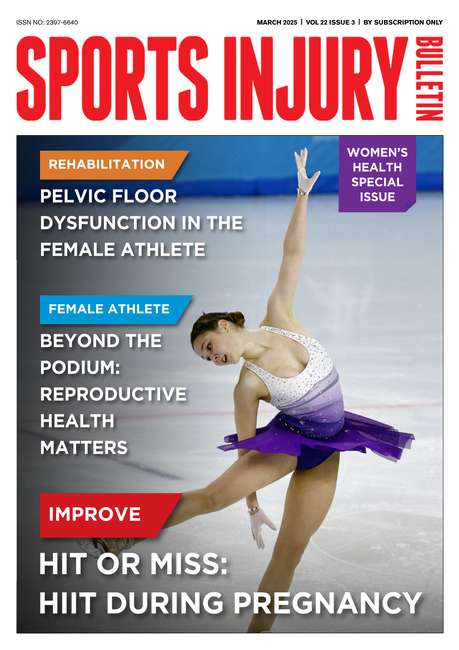Research review: High-intensity intervals for long-term fat loss

Can high-intense training sessions lead to more post-exercise fat burning? SPB takes a look at new research
Paper title: ‘Post-exercise Effects and Long-Term Training Adaptations of Hormone Sensitive Lipase Lipolysis Induced by High-Intensity Interval Training in Adipose Tissue of Mice Tract’ Publication: Front Physiol. 2020; 11:535722. doi: 10.3389/fphys.2020.535722. eCollection 2020. Publication date: November 27th 2020
In recent years, the use of high-intensity interval training (HIIT) has become an increasingly popular training mode, and with good reason. Not only is it an excellent tool for developing and sharpening cardiovascular fitness, these benefits can be had for a relatively small investment in training time, making it a highly efficient training mode. For example, research has shown that 7 x 30-second sprint intervals can be just as effective at increasing markers of aerobic fitness as 3 x 20-minute hard efforts, despite an 8-times greater training volume and 17-times longer training duration in the 20-minute intervals(1)! (For a more in-depth discussion on HIIT for fitness gains, see these articles.)
Despite these benefits, continuous, steady-state endurance training has remained the training mode of choice for weight management - ie when seeking to reduce or maintain body fat levels. The logic is that during steady-state, moderate continuous endurance training, a greater percentage of energy is derived from fat. Curiously however, more recent research has established that the regular use of HIIT – although burning less fat during training – results in a comparable body fat reduction to regular moderate-intensity continuous training (MICT). Since MICT consumes more fat during exercise, researchers have postulated that the mechanism of HIIT weight loss may be related to post-exercise effects, long-term adaptive changes, and biochemical changes such as an increase in hormone sensitive lipase (HSL – a fat-burning enzyme that is activated by the release of hormones such as catecholamine). Now new research published in the journal ‘Frontiers of Physiology’ seems to confirm that HIIT does indeed induce a post-exercise boost in fat metabolism, triggered by hormonal changes.
The research
In this study, research compared the effects of acute exercise, long-term adaptive changes on HSL activity, and catecholamine-induced lipolysis (fat burning) in mice that completed 12 weeks of HIIT and MICT. Following a 14-week high-fat diet to increase body fat levels in the mice, they were divided into three exercise groups: no training for 12 weeks (control); regular MICT for 12 weeks; regular HIIT for 12 weeks. Before and after the training, the levels of hormone stimulating lipase were measured in the mice. Also, fat cells from the mice were taken and examined in vitro to see how they responded when exposed to the hormone catecholamine (released after vigorous exercise) was added.The findings
The key findings were as follows:- The two training groups lost a similar amount of body fat.
- The HIIT mice had significantly increased levels of HSL after training in their subcutaneous fat cells (ie fat cells that were more primed to be broken down and used for energy).
- After 12 hours of rest, levels of HSL in the HIIT group of mice remained elevated.
- When the fat cells of both groups of mice were exposed to catecholamine in vitro, the triglyceride (fat) molecules in the HIIT-trained mice readily underwent ‘phosphorylation’ (ie became primed and ready for oxidation) whereas the fat cells from the MICT-trained mice did not.
Practical implications
What do these findings mean in plain English? Well, with the caveat that these were mice and not human studies, the results of the study provide solid evidence that intense bouts of exercise are able to ‘prime’ fat cells for oxidation long after the exercise has finished. In this study, the priming of fat cells lasted at least 12 hours, but this effect may well have persisted for longer.In practical terms, these findings mean that athletes who are wanting to reduce or maintain body fat levels should not assume that this means performing long, steady-state moderate-intensity endurance sessions. Regular sessions of high-intensity interval may provide most of the fat-loss/maintenance benefits. This research also lends weight to the observation that regular resistance training seems to help reduce/maintain body fat levels, even though the calorie expenditure during a weight session is very modest. It’s likely that the intense nature of this mode of training produces the same ‘fat priming’ effect as HIIT, and thus regular resistance training should be considered a valuable addition to any weight management program.
References
- Eur J Appl Physiol. 2010 Oct;110(3):597-606
You need to be logged in to continue reading.
Please register for limited access or take a 30-day risk-free trial of Sports Performance Bulletin to experience the full benefits of a subscription. TAKE A RISK-FREE TRIAL
TAKE A RISK-FREE TRIAL
Newsletter Sign Up
Testimonials
Dr. Alexandra Fandetti-Robin, Back & Body Chiropractic
Elspeth Cowell MSCh DpodM SRCh HCPC reg
William Hunter, Nuffield Health
Newsletter Sign Up
Coaches Testimonials
Dr. Alexandra Fandetti-Robin, Back & Body Chiropractic
Elspeth Cowell MSCh DpodM SRCh HCPC reg
William Hunter, Nuffield Health
Keep up with latest sports science research and apply it to maximize performance
Today you have the chance to join a group of athletes, and sports coaches/trainers who all have something special in common...
They use the latest research to improve performance for themselves and their clients - both athletes and sports teams - with help from global specialists in the fields of sports science, sports medicine and sports psychology.
They do this by reading Sports Performance Bulletin, an easy-to-digest but serious-minded journal dedicated to high performance sports. SPB offers a wealth of information and insight into the latest research, in an easily-accessible and understood format, along with a wealth of practical recommendations.
*includes 3 coaching manuals
Get Inspired
All the latest techniques and approaches
Sports Performance Bulletin helps dedicated endurance athletes improve their performance. Sense-checking the latest sports science research, and sourcing evidence and case studies to support findings, Sports Performance Bulletin turns proven insights into easily digestible practical advice. Supporting athletes, coaches and professionals who wish to ensure their guidance and programmes are kept right up to date and based on credible science.









